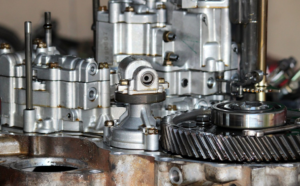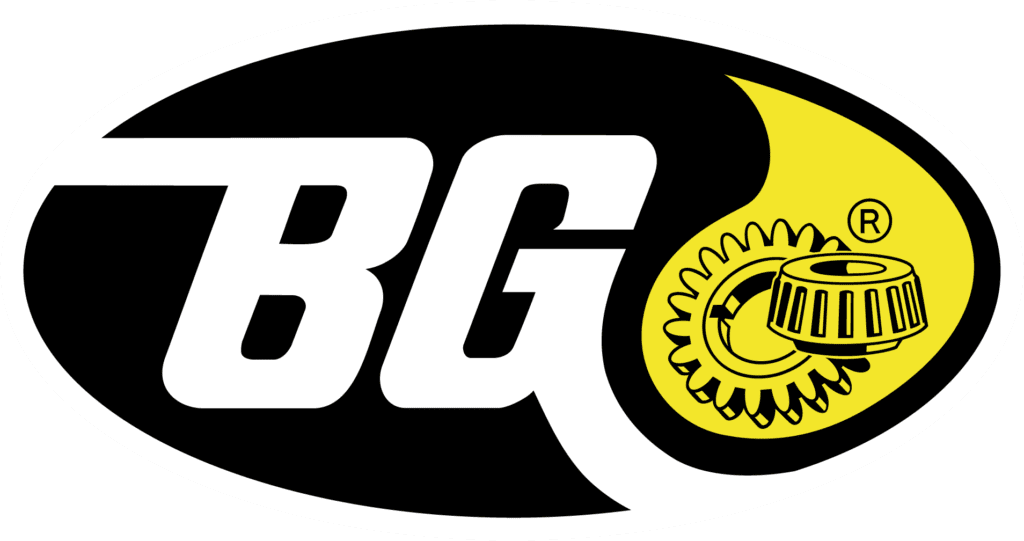The History of the Muffler
In 1897, the Reeves brothers from Columbus, Indiana, revolutionized the automotive world by introducing the first contemporary muffler system. While a muffler isn’t essential for a vehicle’s operation, it serves to dampen the engine noise, enhancing the comfort of the driver, passengers, and those in the surrounding environment.
What is a Muffler Delete?
The practice of “Muffler Delete” involves entirely removing the muffler from a vehicle’s exhaust system. Though many drivers prefer a quiet ride, performance enthusiasts often opt for a muffler delete to enhance the vehicle’s horsepower and generate a distinct engine sound.
Is a Muffler Delete Illegal in Canada?
Muffler deleting is ILLEGAL in Canada, and punishable by fines. Do not attempt this process.
“Cut-outs prohibited
(2) No person shall drive or operate a motor vehicle propelled by an internal combustion engine when the muffler with which the vehicle is equipped is cut out or disconnected from the engine”
How does a Muffler reduce sound
A muffler reduces sound primarily through two mechanisms: reflection and absorption. Here’s how each type works:
Reflection (Turbo Muffler):
- Sound Waves Entering: Exhaust gases carrying sound waves enter the muffler’s internal chamber.
- Baffles and Chambers: The internal construction of a turbo muffler includes a series of chambers and baffles. These are essentially partitions and walls inside the muffler.
- Destructive Interference: As the sound waves hit these baffles and chambers, they are reflected back and forth. When sound waves meet, they can interfere with each other. If a peak of one wave aligns with the trough of another, they cancel each other out. This is known as destructive interference.
- Reduced Noise: Through this mechanism of destructive interference, the muffler effectively reduces the noise level of the exhaust gases as they exit the tailpipe.
Absorption (Straight-Through or Absorption Muffler):
- Sound Waves and Exhaust Gas Entry: Similar to the turbo muffler, exhaust gases enter the absorption muffler carrying sound waves.
- Perforated Pipe: Inside the absorption muffler, the exhaust gases pass through a pipe with perforations or holes.
- Insulating Material: Surrounding this perforated pipe is an insulating material, often made from fiberglass or other similar substances.
- Absorption of Sound: Some of the sound waves go through the perforations and get absorbed by the insulating material. The energy from the sound waves is converted into kinetic energy and eventually heat, thereby reducing the sound level.
Exit: The exhaust gases, now quieter, exit the muffler.
Both of these mechanisms are designed to reduce the amplitude of sound waves, which lowers the volume of noise produced by the engine’s exhaust gases. Different mufflers use these mechanisms to varying degrees, depending on the desired balance between noise reduction and exhaust flow efficiency.
If you want to change the sound of your exhaust, you should consider a custom exhaust system. They improve your vehicle sound, without creating illegal, and harmful sounds.

What causes muffler damage?
Harsh Road Conditions: Although mufflers usually have a lifespan of five to seven years, their location under the car exposes them to road hazards like salt, speed bumps, and potholes, potentially shortening their useful life.
Frequent Short Drives: Consistently driving short distances can lead to rusting and corrosion of the muffler. This happens because the water vapor generated by the catalytic converter doesn’t get enough time to evaporate or be fully expelled, causing it to condense back into water and corrode the muffler.
To identify signs of damage in your exhaust system, consider the following five methods:
Auditory Clues: Unusual noises like thumping, clunking, or rattling emanating from the exhaust pipe could indicate a damaged or leaking muffler.
Visual Inspection: While a visual check may necessitate elevating the vehicle, it’s often worth asking your mechanic to examine the muffler for rust. Surface rust is generally okay unless it’s eating through the metal.
Engine Temperature: Excessively high engine temperatures or a loss of power could be signs of a clogged or damaged muffler impeding exhaust flow.
Fuel Consumption: A malfunctioning exhaust system can impact the efficiency of the engine’s oxygen sensors, leading to increased fuel usage as the sensors can’t accurately gauge the exhaust levels.
Odor Detection: Persistent unpleasant smells inside the car could be a sign that your exhaust system isn’t effectively filtering out hazardous gases and fumes.
By being aware of these symptoms, you can take timely action to address any exhaust system issues, thereby extending the life of your vehicle and ensuring a safer, more comfortable driving experience.
We are within arms reach, just call or email for expert advice.





